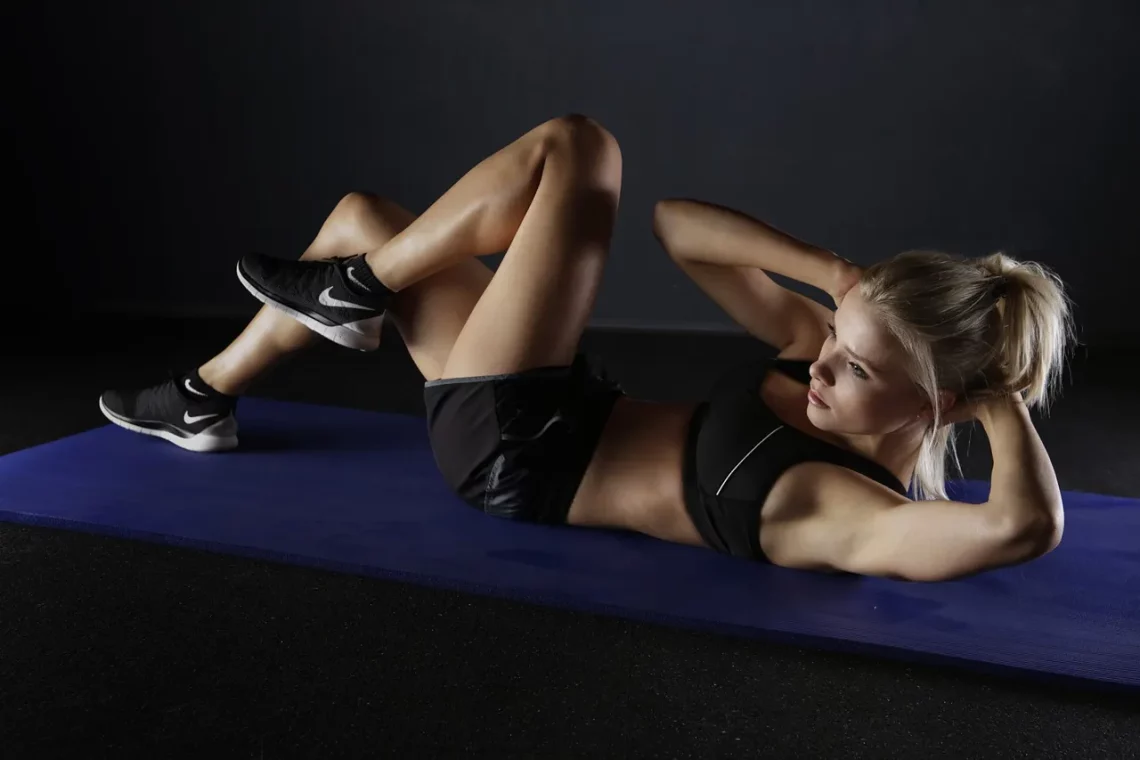
Unlocking Strength: The Benefits of Iso Lateral Row Exercises
Unlocking Strength: The Benefits of Iso Lateral Row Exercises
In the world of fitness, effective training techniques can make all the difference in achieving optimal strength and muscle growth. Among various exercise modalities, iso lateral row exercises have gained traction for their unique approach to building upper body strength. Unlike traditional rowing movements that often engage both sides of the body equally, iso lateral rows focus on one side at a time. This method allows for a more concentrated effort on individual muscle groups, promoting balanced development and enhanced performance.
The benefits of iso lateral row exercises extend beyond mere muscle engagement. They address common muscular imbalances, improve core stabilization, and foster greater mind-muscle connection. Whether you’re an athlete looking to elevate your performance or a fitness enthusiast aiming for a well-rounded physique, incorporating these exercises into your routine can unlock new levels of strength and functionality.
As we delve deeper into the specifics of iso lateral row exercises, it’s essential to understand the mechanics behind their effectiveness. By examining the benefits, variations, and tips for maximizing your workout, you can harness the full potential of this powerful training method.
Understanding Iso Lateral Row Mechanics
Iso lateral row exercises are designed to isolate each side of the body, allowing for focused training of the back muscles, particularly the latissimus dorsi, rhomboids, and trapezius. This isolation is achieved through machines or free weights that permit unilateral movement. As a result, one side of the body works independently of the other, which can lead to improved strength gains and better muscle coordination.
One of the primary advantages of iso lateral rows is their ability to correct muscular imbalances. Many individuals exhibit strength discrepancies between their left and right sides, often due to dominant hand usage or specific activity patterns. By targeting each side independently, iso lateral rows can help balance these discrepancies, ensuring that one side does not overcompensate for the other. This balance is crucial not only for aesthetic purposes but also for functional performance in sports and daily activities.
Moreover, iso lateral rows require significant core engagement to stabilize the body during the movement. As you pull the weight with one arm, your core must work diligently to maintain proper posture and prevent rotation. This added requirement enhances overall core strength and stability, which is vital for maintaining good form in various physical activities.
In addition to physical benefits, iso lateral row exercises promote a heightened mind-muscle connection. Concentrating on one side at a time allows you to focus intensely on the muscle being worked, fostering better neural activation and muscle recruitment. This connection can lead to more effective workouts and greater muscle growth over time.
Variations of Iso Lateral Rows
Iso lateral row exercises can be performed using various equipment, each offering unique benefits and challenges. Among the most common variations are the dumbbell iso lateral row, seated cable row, and machine iso lateral row. Each of these options allows for a different range of motion and resistance levels, making it easy to tailor workouts to individual preferences and goals.
The dumbbell iso lateral row is a versatile option that can be performed anywhere. By bending at the hips and supporting your body with one arm on a bench, you can row the dumbbell upwards with the opposite arm. This movement emphasizes unilateral strength and encourages stability through the core, as you need to balance your body while lifting.
The seated cable row provides a different experience, allowing for continuous tension throughout the movement. By using a cable machine, you can adjust the weight and find a comfortable position to engage your back muscles effectively. This variation is particularly useful for those who prefer a guided motion, as the cable offers a smooth and controlled path of resistance.
For those who have access to gym machines, the iso lateral row machine provides an excellent option for isolating each side of the back. These machines often come equipped with adjustable seats and arm positions to cater to users of all sizes. The fixed motion of the machine can also help beginners learn the proper form before transitioning to free weights.
Incorporating these variations into your workout routine can prevent plateaus and keep your training engaging. Moreover, rotating through different types of iso lateral rows can expose your muscles to various stimuli, promoting growth and development.
Integrating Iso Lateral Rows into Your Routine
To reap the full benefits of iso lateral row exercises, it is essential to integrate them thoughtfully into your training regimen. These exercises can be included in upper body workouts or as part of a comprehensive strength training program. However, proper execution is key to ensuring safety and effectiveness.
Start by determining your current strength levels. It’s advisable to begin with lighter weights and focus on perfecting your form before progressing to heavier loads. This approach not only minimizes the risk of injury but also enhances muscle activation during the movement.
When performing iso lateral rows, pay attention to your body mechanics. Maintain a neutral spine throughout the exercise, avoiding excessive rounding or arching of the back. Proper posture will help you engage the targeted muscles effectively and reduce the risk of strain on the lower back.
In terms of sets and repetitions, consider a moderate approach, such as three to four sets of 8 to 12 repetitions for each arm. This range is effective for building strength and muscle while allowing for adequate recovery between sets. Additionally, consider including iso lateral rows in a superset with other exercises for added intensity and time efficiency.
Lastly, listen to your body. As you progress, you may encounter fatigue or discomfort. It’s crucial to differentiate between normal muscle fatigue and potential injury signals. If you experience pain, it’s best to consult with a fitness professional or medical expert to ensure you’re training safely.
In conclusion, iso lateral row exercises offer a wealth of benefits for strength training and overall fitness. By understanding their mechanics, exploring various variations, and integrating them effectively into your routine, you can unlock greater strength and achieve your fitness goals.
**Disclaimer:** This article is not intended as medical advice. If you have health concerns or experience pain, please consult a qualified healthcare professional.




